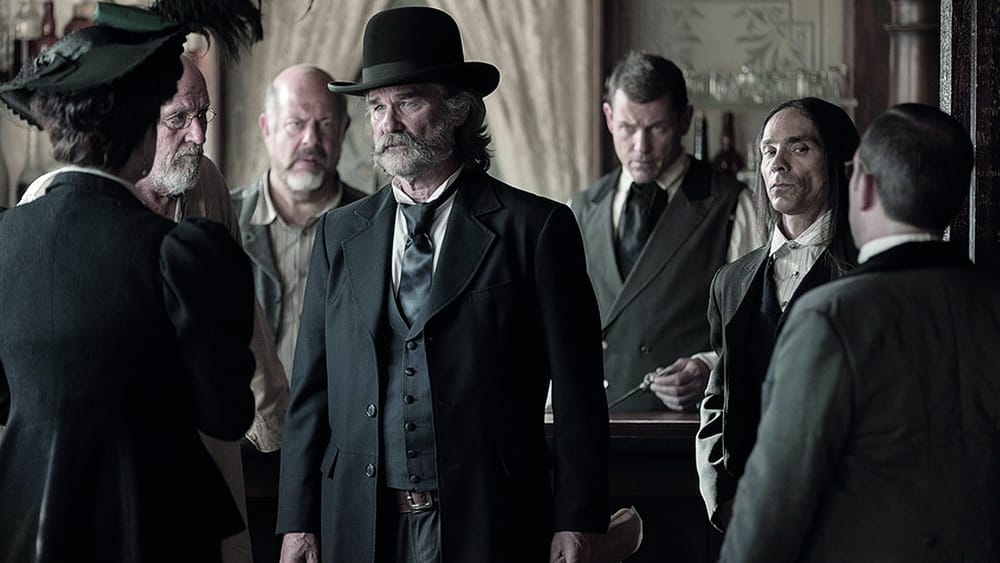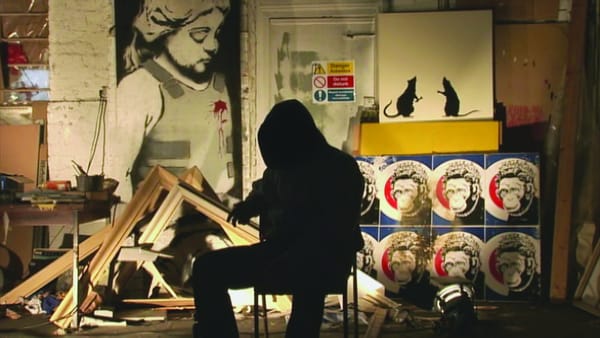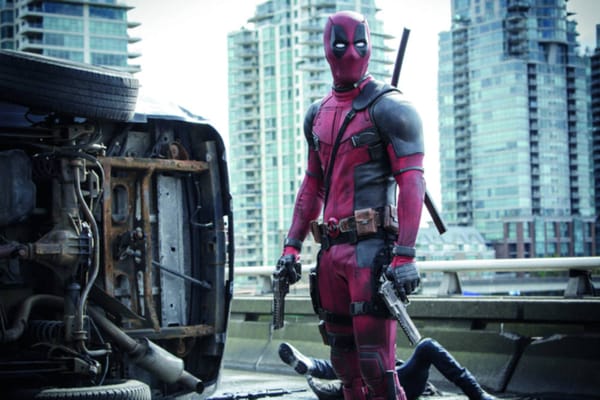The good, the bad, and the cannibalistic
Bridging the gap between modern Westerns, Bone Tomahawk shines through

Typical. You spend ages waiting for a blood-spattered neo-Western film, and then three come along at once. In the past few months Quentin Tarantino made a welcome return with his potboiler gore-fest The Hateful Eight, Leonardo DiCaprio dragged himself through miles of wilderness in The Revenant, and now we have Bone Tomahawk, a horrific traipse through cannibal-infested deserts, directed by screenwriter and author S. Craig Zahler. Midway between them, Bone Tomahawk manages to be more inventive and memorable than either.
The story is one of a classic Western: a small town is terrorised by a group of Native American ‘savages’, who disembowel farmhands and steal away town doctor, Samantha O’Dwyer. The sheriff teams up with Mr O’Dwyer, backup deputy Chicory, and local womanizer John Brooder, embarking on a journey to kill the Indian tribe and rescue the captives. The main bulk of the story happens within the first half hour, leaving the remainder to languidly unspool, as the motley crew face down raiders, gangrene, and cannibals.
Kurt Russell is on excellent form as Sheriff Hunt; he could have wandered off from the set of The Hateful Eight, beard intact. As the bumbling old widower Chicory, Richard Jenkins is endearing, and similarly Matthew Fox inhabits the world-weary character of Brooder well, giving him a wit that – while not razor sharp – is still the most cutting that side of the Mojave.
However, the real draw here isn’t really the acting; it’s the script. Zahler made his name as a novelist, and his talent with both description and dialogue is obvious here. The dramatic opening perfectly builds a tension that remains a background hum throughout; there is no climactic battle, no dramatic scenes, but just four men making their way agonizingly slowly through the desert. The writing is extremely witty too, the drama punctuated by lengthy sojourns about the best way to read a book in the bath. While there is not much dialogue, Zahler makes sure each line shines, stripping it of extraneous bloat, until he is left with a sharp bone of speech, gleaming in the desert sun.
Of course, the idea of a group of white men facing off against Native American ‘savages’ has a long history in the Western genre; that the dehumanising image was used to justify colonial atrocities should inspire more than a twinge of guilt in the viewer. However, the way Zahler writes the antagonists means they don’t resemble any form of humanity, let alone a real American tribe. Early on in the film the men ask for the assistance of a Native American tribal expert: ‘They’re not my own kind,’ he says, ‘Men like you wouldn’t distinguish them from Indians, even though they are something else entirely’.
And he’s right. The tribe have no language, communicating through a series of mystical howls; they cripple and blind the women members of the group to keep them docile and in the most memorable scene of the film – which I won’t spoil here – they graphically mutilate one of the characters. In short, they are sub-human, filling the same role as zombies or vampires in other horrors – a surface upon which humanity can project their worst fears. I question whether such a portrayal is any more offensive than those where Native Americans are ‘peaceful mystics’ or ‘noble savages’, existing in a state of communication and harmony with nature, gifted with a deep insight into the balance of the world. Such portrayals posit the Native Americans as something to be ‘understood’ by the white settler, who acts as a pupil for the Indians’ teachings about the world.
It would not be remiss here to mention The Revenant, which portrays Native Americans as both horrifically violent savages, and revered spiritualists, in touch with the history of the earth. Bone Tomahawk eschews this, and – while certainly a gamble – is all the stronger for it. It is also, perhaps, a stronger film than The Hateful Eight – certainly, it is less saturated with quick-fire dialogue. And while all three films revel in their violence, Bone Tomahawk is the one that strikes the balance just right: in The Revenant the brutality rung hollow, becoming meaningless; in The Hateful Eight blood was strewn across the set with such aplomb it brought down bathos on the dramatic proceedings; but in Bone Tomahawk there is a sense of real violence, not inflicted unwillingly, but certainly not gratuitous.
Bone Tomahawk doesn’t shy away from violence, but it never feels like an ordeal, something to just get through in order to reach the triumphant payoff at the end. In Bone Tomahawk the biggest danger isn’t the wilderness, or the savage tribes, but the men who inhabit it, and this is the film’s biggest strength. As Samantha O’Dwyer says: ‘This is what makes frontier life so difficult. Not because of the elements, or the Indians, but because of the idiots!’









